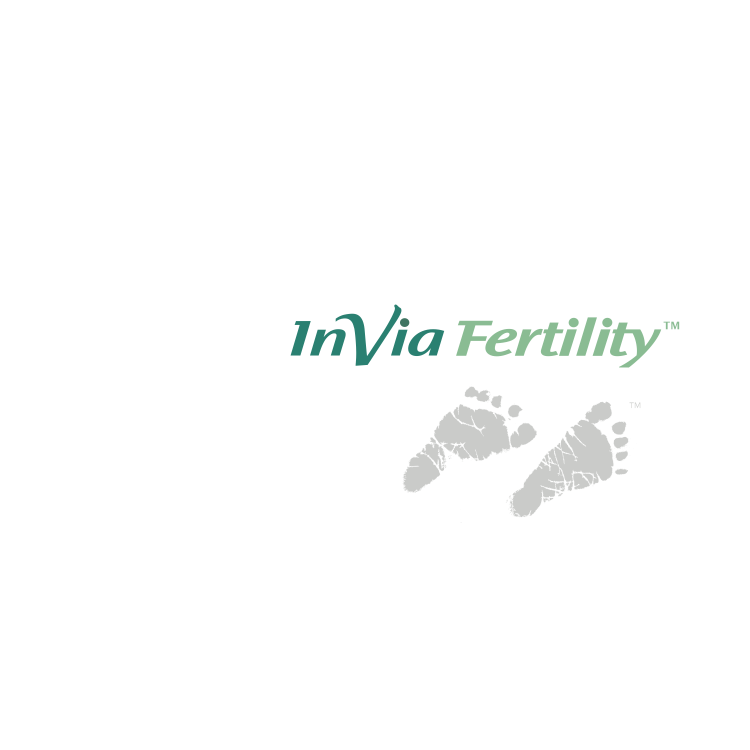
Kim Melone has previously written a blog explaining the negative impact of progesterone elevation (PE) on the day of hCG on IVF pregnancy rates. With premature PE, the uterine lining is less receptive on day of embryo transfer. At InVia Fertility Specialists, we have started recommending freezing all the embryos in these cycles. The pregnancy rates in the subsequent thaw cycles have been excellent and we will present the data when we have a good number of patients.
Venetis et al. have recently published an exhaustive meta-analysis on this very issue. They analyzed data from 63 studies with over 60,000 cycles (Hum Reprod Update 2013: 19; 433-457) and the findings are very interesting. This is what they found.
PE on the day of hCG administration is associated with a significantly decreased probability of pregnancy after fresh embryo transfer in women undergoing ovarian stimulation using gonadotropins and GnRH analogues for IVF.
There was no association between PE on the day of hCG administration in the fresh cycle and the probability of pregnancy after transfer of frozen-thawed embryos originating from that cycle.
Women who receive eggs from donors with PE on the day of hCG administration do not have a decreased probability of pregnancy after IVF when compared with those who receive eggs from donors without PE.
They found that patients with more eggs retrieved, those with high E2 levels on day of hCG, and those with an increased total amount of FSH used for ovarian stimulation were more likely to have PE. Patients with GnRH agonist use were at higher risk than those with GnRH antagonist use.
The negative effect of PE on the probability of pregnancy seems to be present, already from progesterone (P) levels of 0.8 – 1.1 ng/mL and appears to increase when P levels reach 1.2 ng/mL or more. The effect appears to be relatively stable after 1.2 ng/mL. These numbers apply to the general IVF population and low responders. In high responders, the negative impact is seen only when P levels on day of hCG reaches 1.9 – 3.0 ng/mL. This indicates that an increased number of eggs retrieved might compensate for the detrimental effect of PE on the uterine lining.
The duration of stimulation does not seem to be a factor. Also, the negative impact was present for both cleavage stage and blastocyst transfers.
PE is not an infrequent phenomenon. For every 1000 patients, 172 (17.2%) will have PE.
The answer to this question will vary based on the threshold used to define PE. If one assumes a PE threshold of 1.5 – 1.75 ng/mL and a baseline pregnancy rate of 40%, the expected absolute pregnancy rate reduction (APRR) would be ~ 10% (i.e. the pregnancy rate goes down to 29.9%). This means that for every 10 patients with PE, three instead of four pregnancies should be expected. Thus, there is a very significant decrease in the pregnancy rate.
There are no published strategies for preventing PE. At present, the most common strategy is to freeze all the embryos and transfer them in a subsequent cycle. Most patients will agree that it is better to postpone pregnancy by a month rather than having a negative outcome.

Dr. Karande is Board Certified in the specialty of Obstetrics and Gynecology as well as the subspecialty of Reproductive Endocrinology and Infertility. He is a Fellow of the American College of Obstetricians and Gynecologists and Member of the American Society for Reproductive Medicine.
Subscribe to our weekly blog digest

Entire Website © 2003 - 2020
Karande and Associates d/b/a InVia
Fertility Specialists

Comments